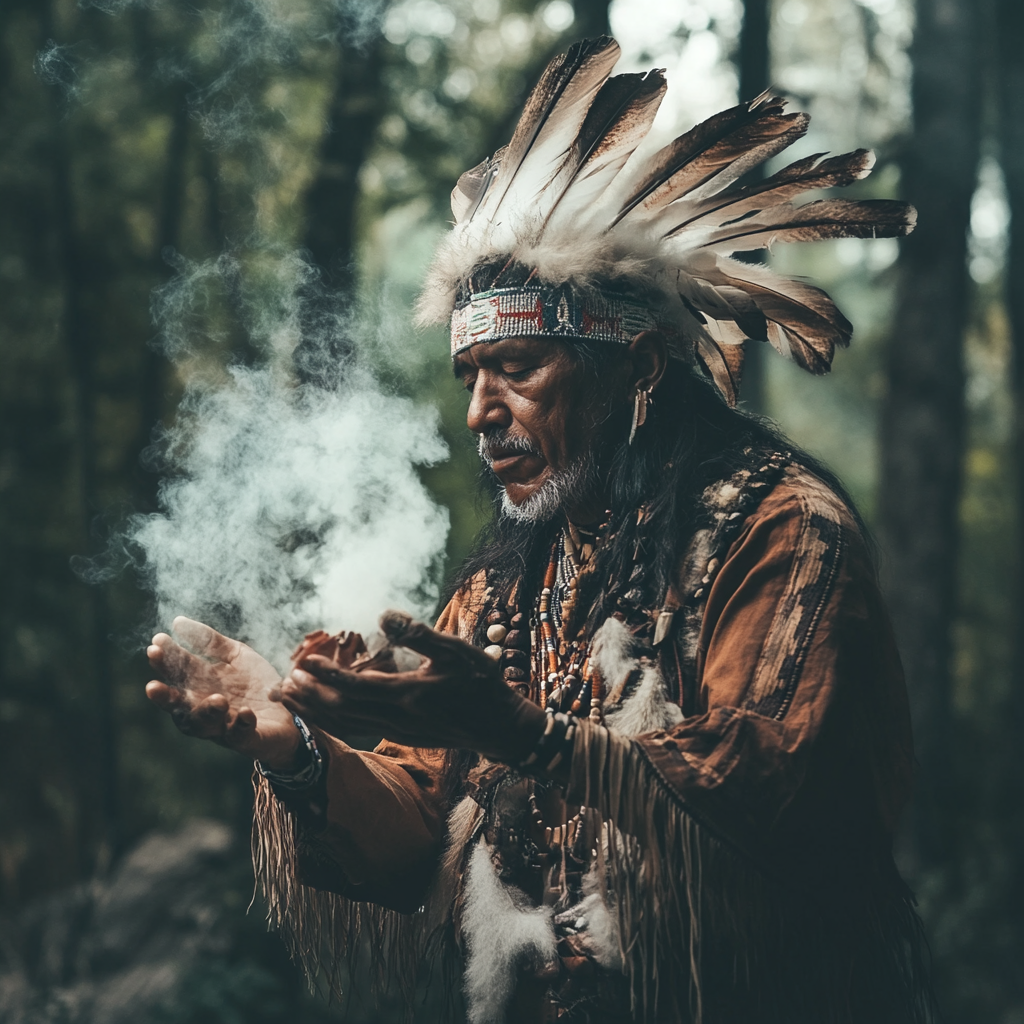Aromatic Secrets of Indigenous Tribes: Scents Passed Down Through Generations
Scent is a silent storyteller that transcends time, culture, and language. Among indigenous tribes, it serves as more than a sensory experience—it is a profound connection to their heritage, spirituality, and environment. The olfactory traditions of these communities represent a bridge between the physical and metaphysical, where every aroma carries historical, medicinal, or spiritual significance. These aromatic secrets, often passed down through generations, offer a unique lens into how humans interpret and interact with the natural world.
For many tribes, the power of scent is deeply interwoven with identity. Specific fragrances, derived from sacred plants and resins, are symbols of tribal uniqueness and are often linked to storytelling, myths, and rituals. This intimate relationship between people and their environment fosters a culture where every scent has a purpose and every purpose a meaning, creating a legacy that is as aromatic as it is enduring.
Ancient Aromas: A Connection to the Earth
Indigenous tribes have long recognized the Earth as a living, breathing entity, and their use of natural scents reflects this profound relationship. From the dense Amazonian rainforests to the arid plains of Africa, tribes extract aromatic substances from their surroundings to maintain a bond with the land. These natural scents, found in leaves, flowers, roots, and resins, symbolize the tribe’s respect and understanding of their environment.
One of the most profound examples is the use of palo santo, or “holy wood,” by tribes in South America. This aromatic wood is burned during ceremonies to cleanse negative energy and invite positive spirits. Its earthy, calming aroma is believed to connect practitioners to both the physical earth and the spiritual realm, fostering harmony within and around them.
Similarly, in Asia, the agarwood, known as “oud,” holds a sacred place in tribal traditions. Its rich, resinous scent is not only a symbol of wealth and spirituality but also a testament to the tribe’s sustainable practices. These communities ensure the survival of their forests by adhering to rituals of gratitude and conservation, thus preserving the land that sustains their aromatic heritage.
Sacred Scents: Rituals and Spiritual Practices
Aromatic plants play a pivotal role in indigenous spiritual and ceremonial practices. Scent is often seen as a medium that connects the mortal world with the divine, carrying prayers and intentions into the spiritual realm. This belief transforms aromatic rituals into profound acts of faith and communion.
For Native American tribes, the practice of smudging, or burning sage and sweetgrass, is a sacred tradition that cleanses spaces, people, and objects. The rising smoke is believed to carry away negativity, purify intentions, and invite positive energies. This ritual underscores the deep respect these tribes have for aromatic plants as tools of spiritual alignment.
In Africa, the Himba tribe uses aromatic resins in their daily rituals. Women create fragrant pastes, blending local plants and herbs, which they apply to their skin and hair as an offering to their ancestors. This practice is not only a testament to their devotion but also a celebration of their cultural identity, carried forward through the generations.
The use of incense in Asia, especially in Hindu and Buddhist ceremonies, reflects a similar reverence. Fragrant smoke rising from sandalwood or jasmine sticks represents the ephemeral nature of life, teaching humility and fostering mindfulness. These sacred scents are not merely rituals but reminders of the interconnectedness of all life.
Traditional Methods: Crafting Natural Fragrances
The methods employed by indigenous tribes to create natural fragrances are as diverse as their environments. These techniques are often labor-intensive, requiring a deep understanding of plants, seasons, and ecosystems. Yet, their dedication to preserving these methods speaks to their commitment to sustainability and cultural continuity.
One of the oldest techniques is steam distillation, used to extract essential oils from plants. This method, employed by tribes in the Middle East and India, involves boiling aromatic plants and capturing the condensed steam, which contains the plant’s essence. The result is a potent oil that holds the spirit of the plant.
In other regions, such as the Amazon, tribes use smoking or “resin tapping.” They burn tree resins like copal or frankincense to release their fragrant oils, a method that also serves ceremonial purposes. This dual utility underscores the practical and spiritual significance of these scents.
Drying and powdering plants is another traditional technique, often seen in African tribes. Leaves and flowers are sun-dried and crushed into fine powders, which are then mixed with oils or water to create perfumes and ointments. These time-honored practices showcase the ingenuity and resourcefulness of indigenous communities in crafting natural fragrances.
The Healing Power of Aromatic Plants
The medicinal properties of aromatic plants are integral to the healthcare practices of many indigenous tribes. For these communities, scent is not only a sensory experience but also a therapeutic tool, capable of healing the body and calming the mind. This holistic approach to health is a cornerstone of their culture.
The use of eucalyptus by Aboriginal Australians is a prime example. The plant’s aromatic leaves are used to treat respiratory ailments, with its oils being inhaled or applied topically. This practice has been validated by modern science, highlighting the medicinal wisdom embedded in indigenous traditions.
In South America, tribes rely on the ayahuasca vine, which, when combined with other plants, produces a powerful brew. While primarily used for spiritual journeys, its aromatic properties also have therapeutic effects, alleviating mental and emotional stress. The scent of the preparation alone is said to induce a state of relaxation and clarity.
Indigenous communities in the Arctic regions use juniper, a plant with antiseptic properties, for both healing and protection. Burning its branches releases a cleansing aroma that wards off illness and negativity, reinforcing the tribe’s belief in the interconnectedness of health and spirituality.
Key Lessons from Indigenous Aromatic Traditions
- Respect the Earth: Sustainable practices ensure the longevity of natural resources.
- Embrace Holism: Aromatic plants are tools for both healing and spiritual growth.
- Preserve Heritage: Each scent tells a story, connecting past, present, and future.
We also recommend that you read our article, in which we described how perfumes affect our connection with spirituality and meditation.
FAQ
They connect the tribes to their spiritual, cultural, and environmental roots.
Through methods like distillation, smoking, and drying plants.
Yes, they promote sustainability, holistic health, and mindfulness.



